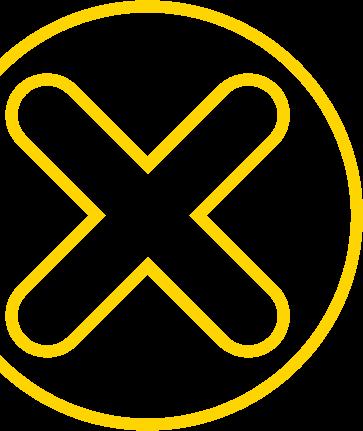
4 minute read
What You Need to Know About Silica Dust

Exposure to silica dust has been spotlighted as one of the major risks to workers in recent times. Silica dust (crystalline silica) is found in some stone, rock, sand, gravel and clay. You’ll mostly come across it in the following products: • Bricks • Tiles • Concrete • Some plastic material When these materials are worked on, a fine dust is released known as respirable crystalline silica or silica dust. And it’s this dust that is harmful when inhaled into your lungs. Needless to say, it’s something for tradies to be aware of. How can workers be exposed to it? You may be exposed to silica dust if your work involves: • Construction • Kitchen benchtop manufacturing, finishing and fitting • Abrasive blasting • Manufacturing of concrete, bricks and tiles • Monumental masonry work • Concrete drilling, cutting, grinding, fettling, mixing, handling, dry shovelling, tunneling Are there significant health risks? In short, yes. And they can be incredibly serious if the right precautions aren’t taken. As silica dust is 100 times smaller than a grain of sand, you can be breathing it in without even knowing it. Workers may develop a series of lung diseases from breathing in silica dust, including: silicosis, lung cancer and chronic obstructive pulmonary disease. There is also some evidence that exposure to the dust may cause kidney disease. What can be put in place on site to mitigate the risks? To follow work health and safety laws, employers should eliminate or reduce exposure to hazards by mitigating risks. This can be done in a number of ways: Isolate work areas Use physical barriers or computer numerical control (CNC) machines. Look for dust control features When buying equipment ensure dust-generating equipment has a dust collection system with a filtered air supply. Use a H-class vacuum cleaner Workers should not be using household vacuums to remove dust. Set up exclusion zones Mark the boundaries of work areas where dust is created. Personal Protective Equipment (PPE) PPE should not be the first or only control measure you consider but should be used. On-tool extraction Use Local Exhaust Ventilation ( LEV) that fits directly onto the hand-held machines. Water suppression To be used when LEV is not suitable. Water should be used through non-electric tools to wet dust down at the point of dust generation. Respiratory (breathing) protection The type of respirator you choose will depend on the job and the levels of toxicity. Exposure and health monitoring Provide health monitoring for all your workers who may be exposed to silica dust. Training Health and safety starts with educating your workers. Provide them with information, training, and instruction on the control measures and the potential health. It is their right. The above, is of course, just guidance. Employers are required to ensure the health and safety of their workers and others at their workplace, and have a duty to control the risks associated with the job at hand.
Advertisement
The HazardCo Team As your trusted safety partner, we provide you with the tools and support you need to #SortYourSafety. To find out how HazardCo can benefit your site, call us on 0800 555 339 or visit hazardco.com
Advice Financial will help you make sure

your Plan B works and organise great benefits for your staff.
Retention Productivity Reduces the business risk associated with non-availability of staff HEALTH INSURANCE IMPROVES:

The NZCB health plan has some great benefits:
Full acceptance of pre existing conditions* for staff and immediate families. Immediate cover - no waiting around for certain conditions to be accepted. Major surgery cover up to $300,000 to cover big health issues. Optional extras, including GP cover, Dental cover, and the ability to access Specialists. A great recruitment tool as it is exclusive to NZCB Business Members – no other building firms can offer it.
*Providing 75% of staff take up the cover Terms and conditions apply.
As well as providing this great offer, Advice Financial work with businesses to establish their Plan B. Successful businesses often focus on Plan A – everything going well – but neglect Plan B – what happens when things go wrong.
Whether it’s managing your ACC to make sure you and your employees are protected, understanding the risks you face in losing a key person, or planning for succession should one of the owners be unable to continue in the business, Advice Financial make sure that you have the right risk management at a competitive price. Many businesses have bought insurance and have not reviewed whether it meets their needs – often, businesses are paying for something that won’t work when needed.
Contact us today to find out how your business can take advantage of this great offer.
If you’d like to talk to Jamie and the team at Advice Financial about how to make the most of the NZCB Health Plan, get in touch with us today on:










